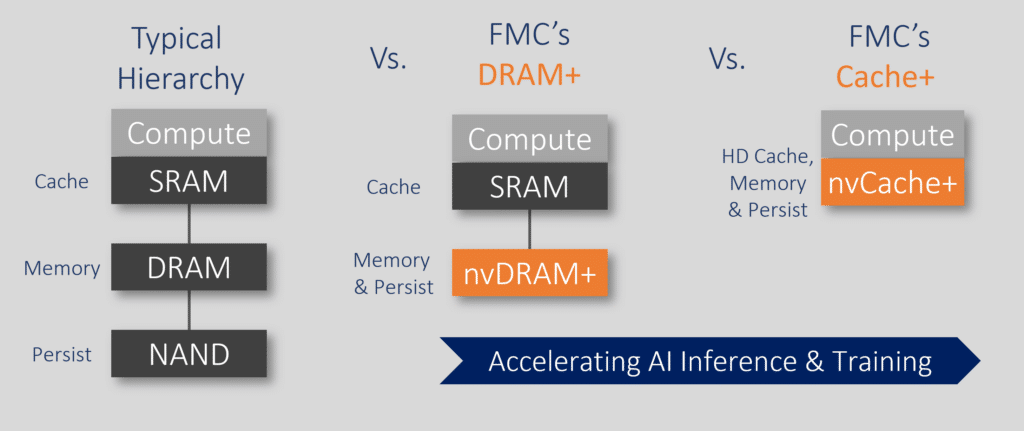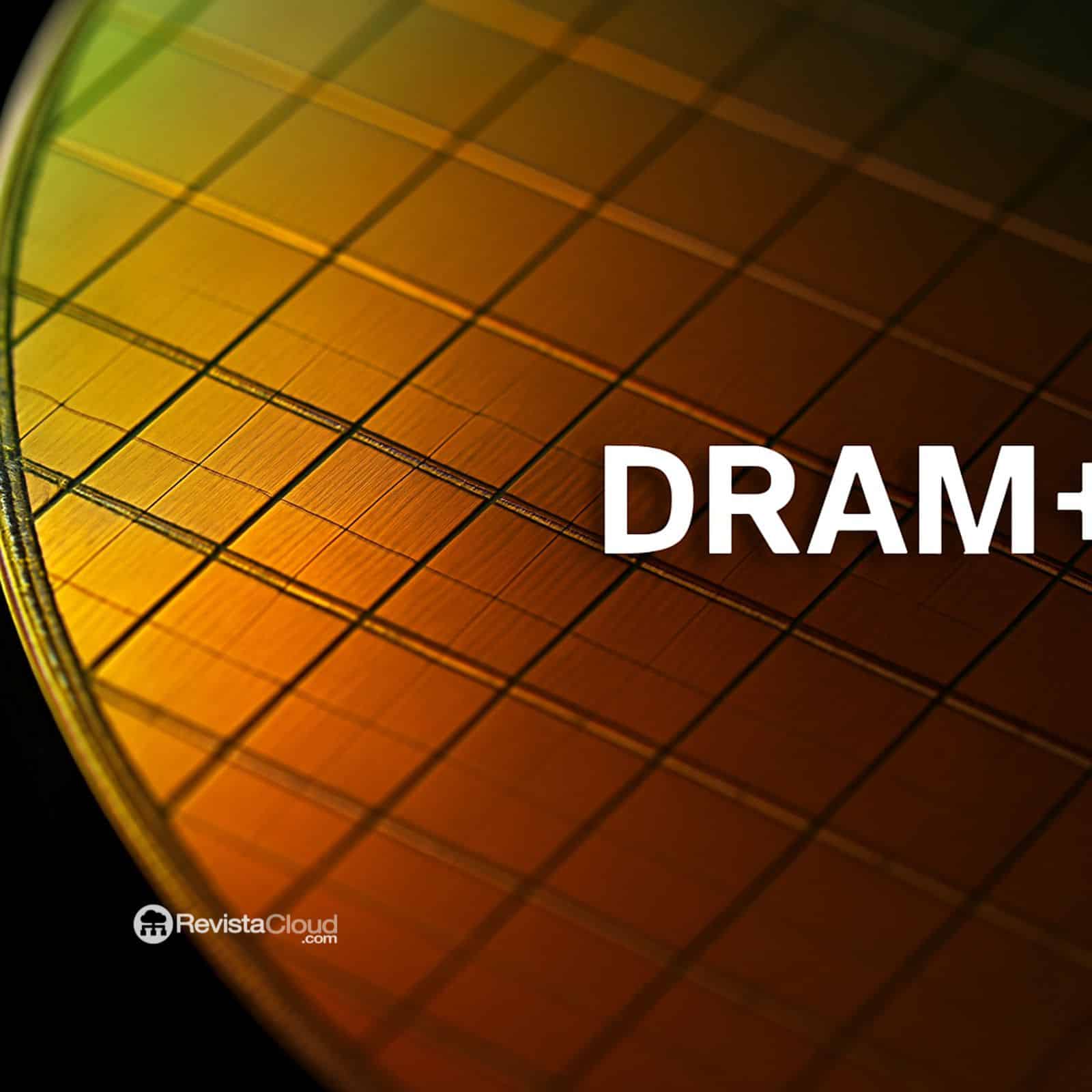Ferroelectric Memory Company (FMC) and Neumonda have announced a strategic alliance to market DRAM+, an innovative memory architecture that promises to combine the best of both worlds: the ultrafast speed of traditional DRAM and the persistence of Flash memory. This technology could represent a turning point in sectors that demand extreme performance and data retention, such as artificial intelligence, automotive, and medical devices.
Unlike previous attempts that failed to overcome scalability barriers—such as European developments based on PZT (lead zirconate) materials—the key to DRAM+ lies in the use of hafnium oxide (HfO₂) as a ferroelectric component, replacing the classic capacitor in DRAM cells. This decision enables nanosecond access times without data loss after power outages, while also eliminating the need for refresh cycles and significantly reducing static power consumption.
Compatibility with sub-10nm nodes and gigabit densities
According to FMC, current prototypes already achieve densities in the gigabit range and are compatible with advanced manufacturing processes below 10 nm, such as those used by leading manufacturers like Micron, Samsung, and SK Hynix. The DRAM+ architecture maintains the 1T1C cell structure (one transistor, one storage component) but adds the capability to preserve data, representing a key advantage over conventional DRAM.
This approach aims to fill a niche between high-speed DRAM and storage-class memory (SCM), such as NAND Flash or technologies like Intel Optane (now discontinued). It is not about replacing traditional memory in all contexts but rather offering a highly optimized hybrid solution for specific workloads where low latency and persistence are critical.

Applications: AI, Automotive, and Medicine
The versatility of DRAM+ makes it ideal for a wide range of applications:
- Artificial Intelligence accelerators, where models require persistent weights between sessions.
- Electronic Control Units (ECUs) in automobiles, which demand immediate startup after restarts.
- Medical implants and wearable devices, with strict energy limitations and a need for reliability.
Neumonda will contribute its expertise in validation and testing with its Rhinoe, Octopus, and Raptor tool ecosystem, enabling comprehensive electrical characterization without the high costs associated with traditional semiconductor testing equipment.
The Return of Europe to Innovation in DRAM?
While previous initiatives like Infineon or Qimonda failed to compete on costs with major players in the DRAM market, FMC asserts that DRAM+ does not seek to enter the price war. Its targets are value-added markets, where performance, reliability, and low energy consumption matter more than cost per gigabyte.
For now, no commercial launch date or pricing details have been announced, but the promise of a persistent, fast, and energy-efficient DRAM could mark a turning point in the evolution of modern memory.
Source: Tom’s Hardware, Neumonda, and Ferroelectric

